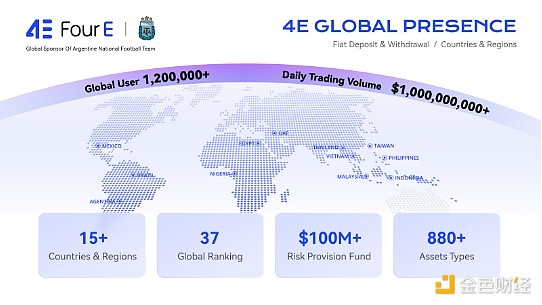European and American stock markets fell significantly on Tuesday. U.S. stocks ended their previous consecutive gains. All three major indexes fell, and major European stock indexes fell across the board. At the same time, the U.S. dollar and U.S. bond yields rose sharply, non-U.S. currencies were generally under pressure, and most commodities fell. Affected by this market situation, the hot "Trump trade" in the past week temporarily cooled down.
 < /p>
< /p>
What is the "Trump Trade"
The "Trump Trade" is a hot hype in the current market The theme is actually a general term for a series of market reactions based on expected changes in government policy after Trump is elected president of the United States. This trading strategy not only involves buying and selling decisions on various asset classes, but more deeply reflects investors’ predictions and layout of the economic and market impacts that Trump’s policies may bring.
The core point of the "Trump deal"
The "Trump deal" has dominated the market trend in the past few weeks. For some time in the future, expectations for Trump's policies will still be It is the main theme driving market fluctuations. Specifically, the "Trump deal" covers the following core aspects:
1. Stock market: The market generally expects that Trump will implement policies such as tax cuts and loosening financial regulations when he takes office. These policies usually It is seen as positive for stocks, especially those sectors that may directly benefit from policy changes, such as financials, traditional energy and industrials.
2. The U.S. dollar and U.S. bond yields: Trump’s trading is usually associated with a stronger U.S. dollar and rising U.S. bond yields. Market expectations that Trump's policies, such as tax cuts and increased infrastructure spending, may increase inflation and economic growth, thereby pushing up bond yields and attracting foreign investment, thereby supporting the dollar.
3. Cryptocurrency: Trump’s friendly attitude toward Bitcoin will create a favorable investment environment and provide a clear path characterized by deregulation and business-friendly policies that are expected to drive the market rise further.
4. Gold: Trump trades typically weigh on gold prices, as a stronger U.S. dollar and rising interest rates typically make gold less attractive as a safe-haven asset.
5. Trade policy: The Trump administration’s protectionist policies, such as raising tariffs and trade barriers, may affect global trade and specific industries. For example, companies that are highly dependent on exports may face challenges.
6. Commodities: There are disagreements about the impact of the Trump deal on commodities. For example, Trump's support for the energy industry could push up oil prices, while his approach to global trade could affect the price of industrial metals like copper.
"Trump Trades" shows how policy affects markets, spurring investment opportunities. It should be noted that the "Trump deal" is not static. It will change with the implementation of Trump's policies, changes in market sentiment and the evolution of the global economic environment.

This issue of "E "Minute Understanding" hopes that by understanding this market reaction pattern, it can help investors better deal with similar situations in the future and lay the foundation for long-term investment strategies. As a global partner of the Argentina national team, 4E provides a one-stop trading platform covering more than 600 assets such as cryptocurrency, US stocks, indices, foreign exchange, commodities, etc., and specially launches simulated trading for novices to help everyone get started easily. If you are interested in investing, you may wish to come to 4E to experience the convenience and safety of professional trading.
 Miyuki
Miyuki

 < /p>
< /p>



